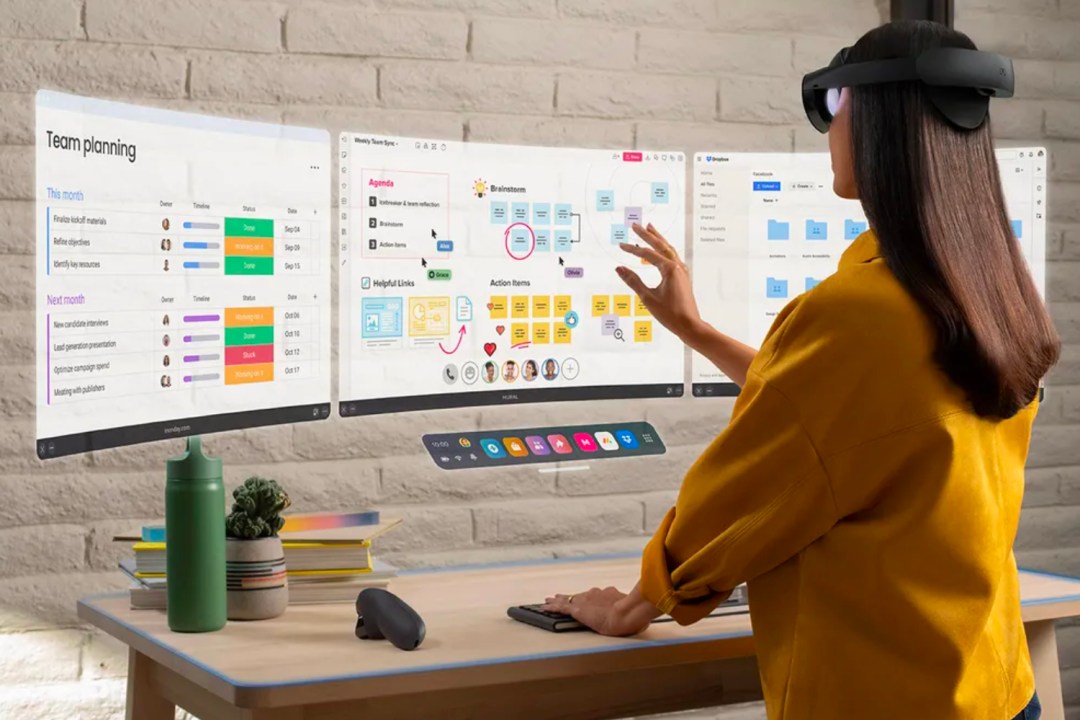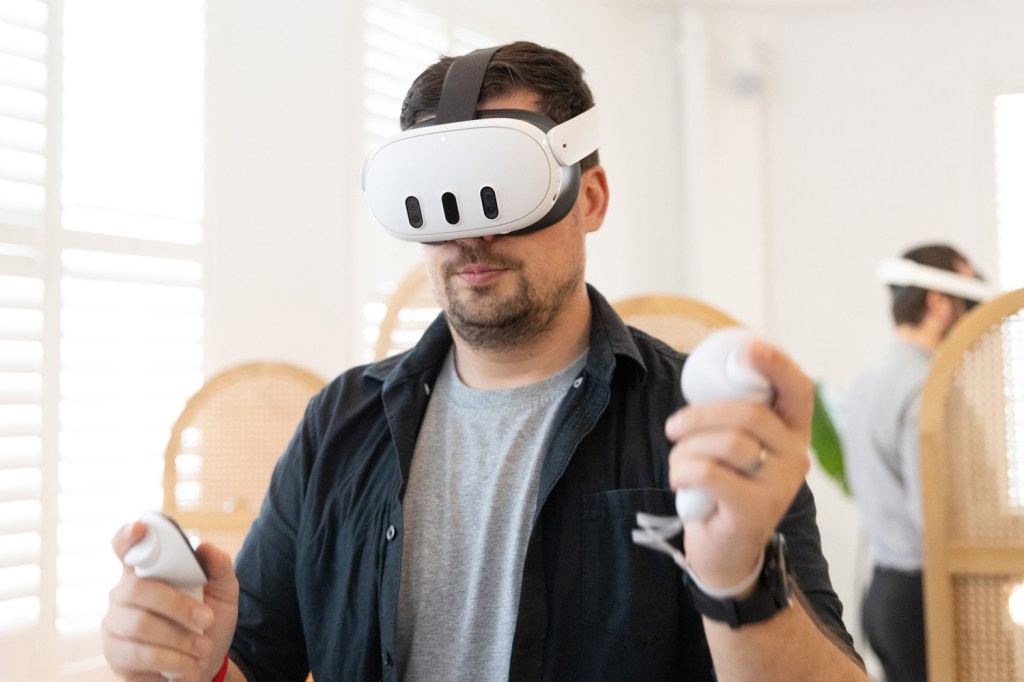What is VR Passthrough, and how does the headset tech work?
VR Passthrough lets you see the real world through your mixed reality headset. Here's everything you need to know about it and how it works

If you’ve ever popped on a VR headset, you’ll know that you can look through the headset at the real world around you. Of course, you’re not really looking through the headset. It’s a mix of software and cameras that make this possible, placing virtual elements in your real space. This tech is called Passthrough, and it’s what turns virtual reality into mixed reality.
So you know that Passthrough lets you look through your headset, but what exactly is it? And how does this swanky VR headset tech work? Here’s everything you need to know about it.
What actually is VR Passthrough?

Virtual reality lets you get plonked right in the middle of an immersive virtual world, dodging laser beams or admiring a virtual art gallery. When in reality? You’re sitting snugly in your pyjamas at home. VR passthrough is a feature in virtual reality headsets that allows you to look back at the real world around you without taking off your headset.
It uses a series of cameras and sensors mounted on the headset to capture your physical surroundings. It then displays this real-time feed inside your VR view. Clever software stitches camera feeds together, corrects perspective, and patches up blind spots – all to merge the real with the virtual seamlessly.
Why bother, you might ask? Well, not only does it let you experience mixed reality, it ensures that you don’t find yourself rearranging your living room with your shins or your face unexpectedly.
How does it work?
Here’s where things get a bit techy. The headset is equipped with outward-facing cameras that constantly capture video of the world around you. This footage then gets processed in real-time by the onboard computer. The software tweaks this input to correct any distortion caused by the cameras and adapts the perspective to match that of your eyes. This helps in reducing motion sickness and disorientation, making the transition between real and virtual less jarring.

Passthrough not only lets you interact with your physical environment while in VR but also overlays digital objects onto the real world. This creates a mixed reality space where creativity and functionality explode.
This isn’t just a fancy add-on; it’s becoming essential. As VR and mixed reality (MR) technologies grow, being able to switch between virtual and actual surroundings smoothly is crucial. It ensures safety, enhances usability, and – quite frankly – keeps things practical. Nobody wants to remove their headset every five minutes to check if their cat is plotting evil.


